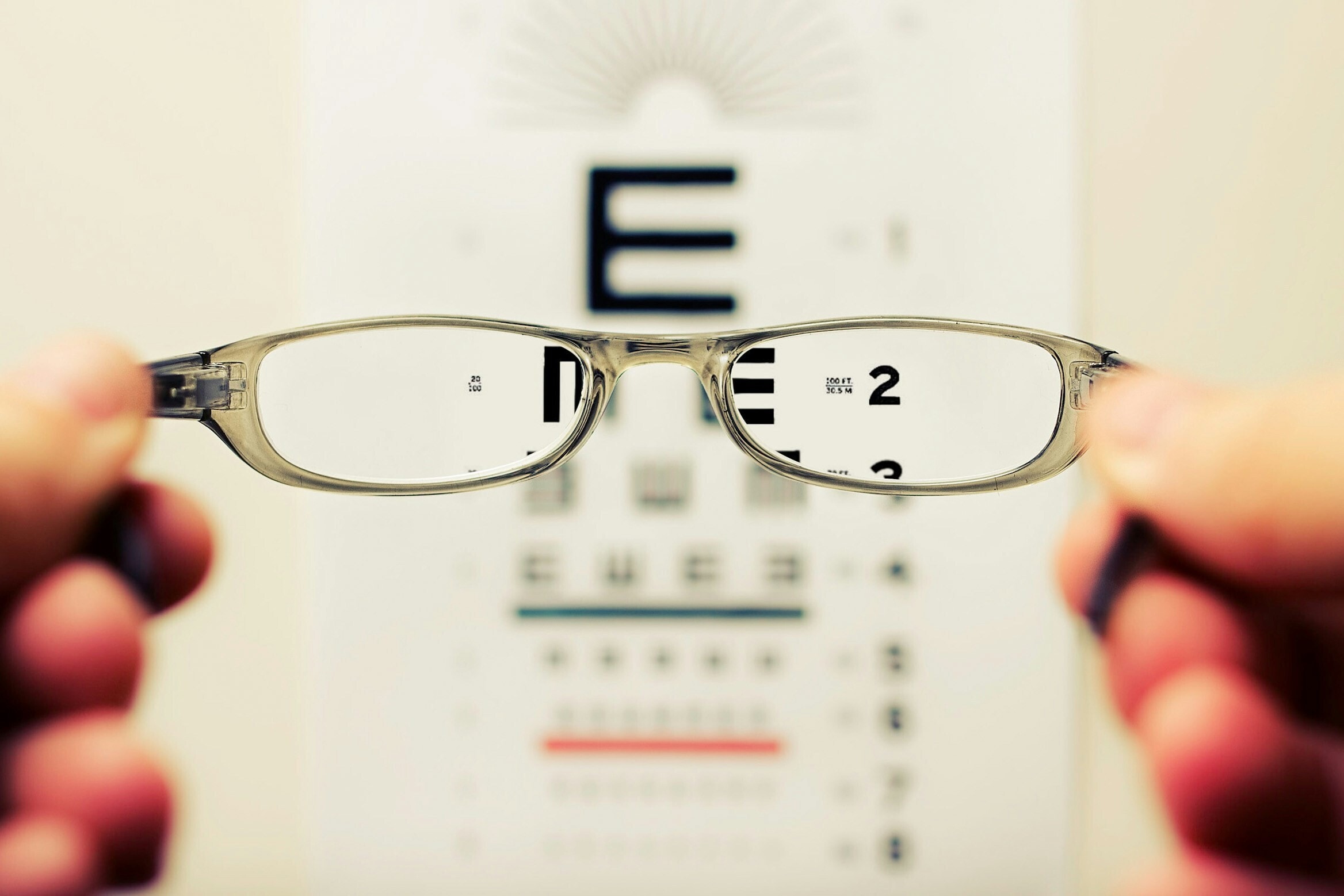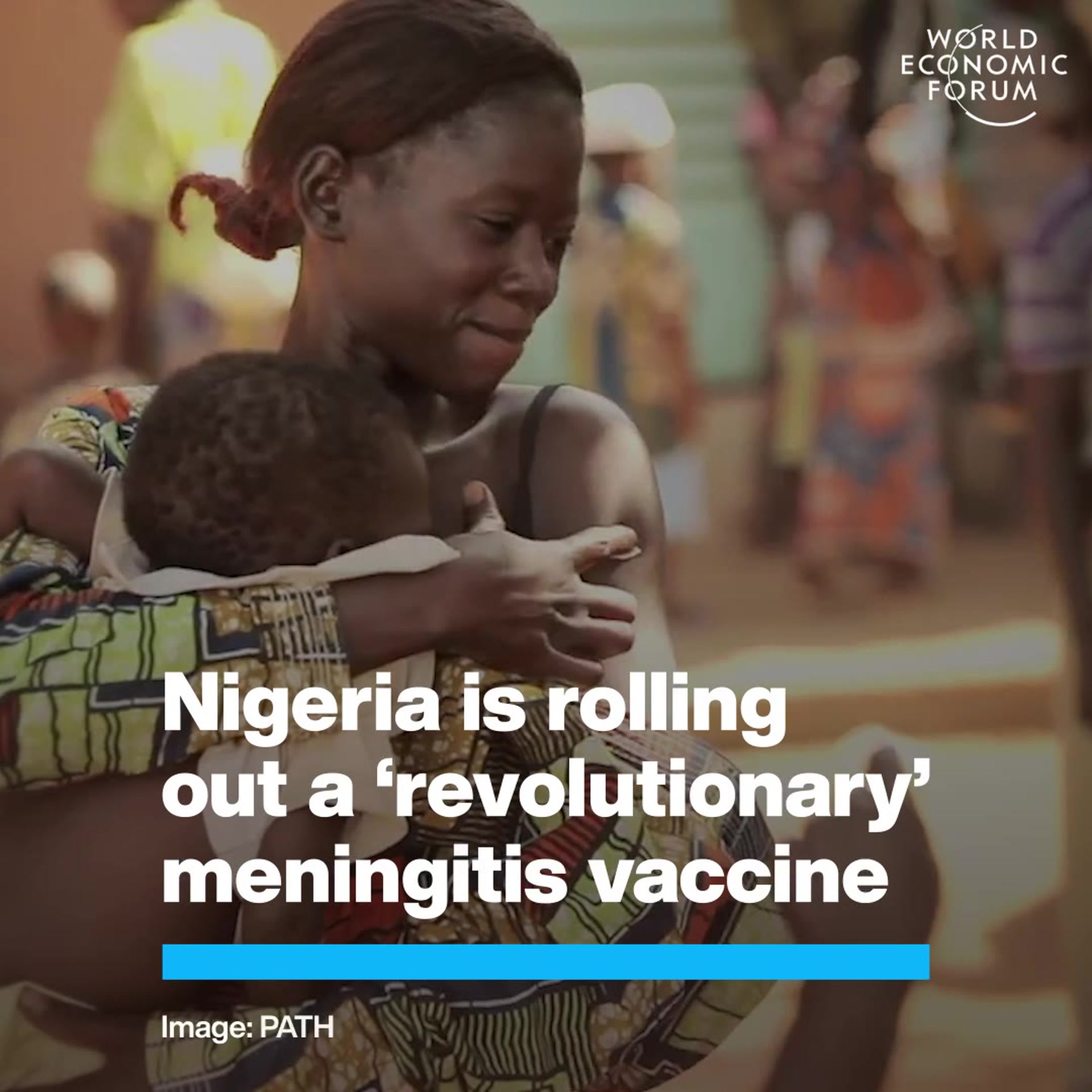The Netherlands drastically reduced its smoking rate using WHO measures. Here's how

The Netherlands has made significant progress in reducing smoking prevalence, with the ratio of smokers now below 20%. Image: Pexels/Markus Winkler

Get involved with our crowdsourced digital platform to deliver impact at scale
Stay up to date:
Global Health
- The Netherlands has become the fourth country in the world to adopt all 6 MPOWER measures developed by the World Health Organization.
- These measures include increasing taxes on tobacco products, banning advertising and promotion of tobacco products
- The Netherlands is a leader in tobacco control, and its success is an inspiration to other countries.
The Netherlands has reached a significant milestone by becoming the fourth country in the world, following Türkiye, Brazil and Mauritius, to adopt the 6 cost-effective and high-impact policy measures known as MPOWER that help countries reduce demand for tobacco. This achievement is featured in the newly published WHO report on the global tobacco epidemic.
The progress achieved in the Netherlands is a testament to the Government’s political commitment to tobacco control, and is an excellent example of collaboration between government, international health organizations and civil society.
What is the World Economic Forum doing to improve healthcare systems?
An example for other countries
The new WHO report highlights that the Netherlands has implemented all 6 WHO-recommended MPOWER measures at the highest level of achievement: monitoring; protecting people from tobacco smoke; offering help to quit; warning about the dangers of tobacco; enforcing bans on advertising, promotion and sponsorship; and raising taxes on tobacco.
“I am delighted to see the Netherlands as a champion in tobacco control. I congratulate them on their leadership in adopting and implementing the robust control policies we know are effective, and hope this can inspire other countries to take action and reap the health and economic benefits of these policies,” said Dr Hans Henri P. Kluge, WHO Regional Director for Europe.
The results of the implemented measures are already visible. In 2014 current smokers constituted 25.7% of the Dutch population, but by 2021 this had fallen to 20.6%. While fewer women smoke compared to men, the prevalence of smoking among both men and women has been declining at comparable rates.
“Civil society organizations, health experts and medical professionals are strong driving forces behind everything that we are achieving with regard to tobacco control in the Netherlands,” commented Mr Maarten van Ooijen, State Secretary for Health, Welfare and Sport, on the conclusions of the WHO report. “They deserve the primary credit for the praise that our country receives from the World Health Organization.”
A long fight: building on evidence and overcoming obstacles
The Netherlands has a long history of tobacco control. A wide discussion about tobacco’s hazards began in the country in 1957. At that time, the Health Council of the Netherlands released a report titled “Smoking and health” that openly declared the association between smoking and lung cancer. This influential report prompted health organizations, including the Dutch Cancer Society, to take proactive steps.
Dr Angela Ciobanu, Technical Officer at the WHO European Office for the Prevention and Control of Noncommunicable Diseases, explained, “From that time, the amount of evidence that links tobacco use to multiple types of cancer and other life-threatening conditions, including cardiovascular and respiratory diseases, only increased. Tobacco products alone kill 8.7 million people annually.”
In the 1970s influential reports from the Health Council proposed comprehensive policy measures to reduce smoking; however, many of these proposals were not immediately implemented. By 1975 a national institute for tobacco control was formulated, and this led to the foundation of the Dutch Expert Centre on Tobacco Control (STIVORO), which became responsible for implementing control interventions such as educational campaigns and for providing smoking cessation support.
In later years, the Netherlands took further steps to curb tobacco use. Health warnings appeared on cigarette packs in 1982, and in 2005 the country’s commitment to protecting people’s health was further solidified when it became a Party to the WHO Framework Convention on Tobacco Control.
Towards a smoke-free future
Efforts intensified in 2015 with the launch of the “Smoke-free Generation” campaign, which received wide support from the public and as a result transformed into the “Smoke-free Generation Movement”.
Three years later, in 2018, a national prevention agreement, which included an extensive package of policy measures to address excessive alcohol use, overweight and obesity, and tobacco use, was signed by the Dutch Government and 70 organizations. Its stated goals for tobacco were to reduce the ratio of smokers to less than 5% of the country’s population by 2040, and to eliminate smoking among children and pregnant women.
By 2021 the country had closed significant control gaps by banning advertising of tobacco products at points of sale and disallowing designated smoking rooms in public places, workplaces and public transport.
Mr van Ooijen shared his ambition for the future: “Although we are making progress in reducing smoke prevalence and improving our tobacco control policy, we also still have a long way to go. Together we will keep fighting for a smoke-free generation in 2040!”
“We see that we still have a long journey ahead to reach a WHO European Region that is free of tobacco-related morbidity, mortality and addiction,” echoed Dr Kluge. “There is an urgent need to accelerate the implementation of control measures as outlined in the WHO Framework Convention on Tobacco Control. By doing this, we can prevent millions of people from suffering and succumbing to tobacco-related diseases.”
Don't miss any update on this topic
Create a free account and access your personalized content collection with our latest publications and analyses.
License and Republishing
World Economic Forum articles may be republished in accordance with the Creative Commons Attribution-NonCommercial-NoDerivatives 4.0 International Public License, and in accordance with our Terms of Use.
The views expressed in this article are those of the author alone and not the World Economic Forum.
The Agenda Weekly
A weekly update of the most important issues driving the global agenda
You can unsubscribe at any time using the link in our emails. For more details, review our privacy policy.
More on Health and Healthcare SystemsSee all
Anna Cecilia Frellsen
May 9, 2024
Angeli Mehta
May 8, 2024
Emma Charlton
May 8, 2024
Kate Whiting
May 3, 2024
Kiran Mazumdar-Shaw
May 2, 2024






